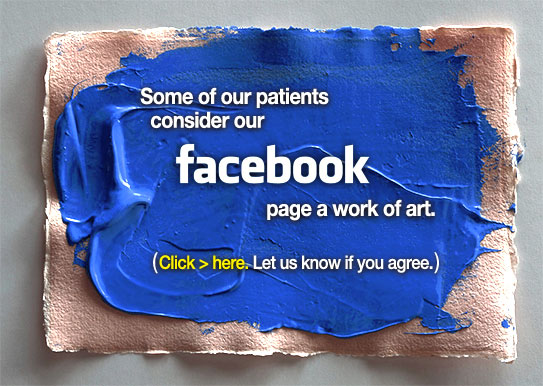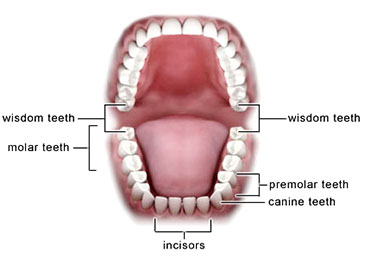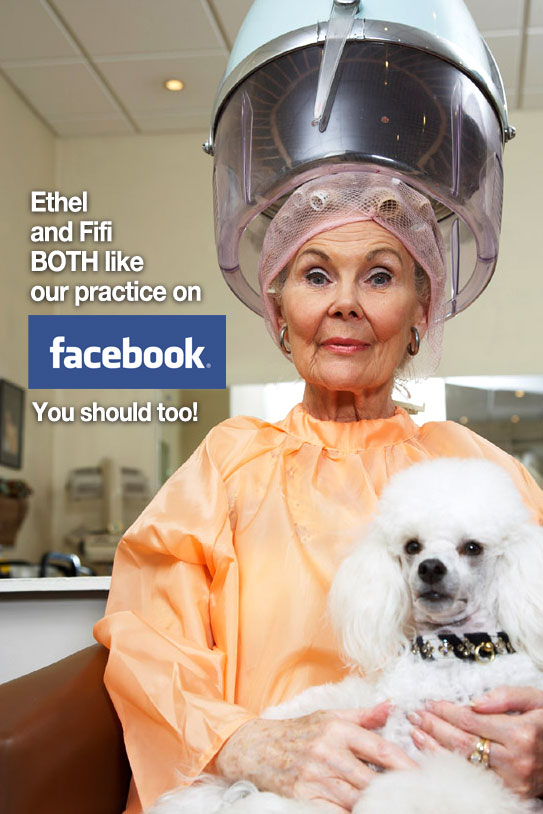 YOU KNOW THE ROUTINE: brush your teeth daily, floss regularly, and have your regular checkups with Drs. Bradley and Dr. Boswell twice a year. For the most part, getting in the habit of completing these simple tasks will keep your teeth healthy and strong. However, there are a few less-than-desirable oral habits that can override your good habits and compromise your dental health!Here are some tips to help you avoid those dental habits that can damage your teeth:1. Crunching, Sucking, and Sipping
YOU KNOW THE ROUTINE: brush your teeth daily, floss regularly, and have your regular checkups with Drs. Bradley and Dr. Boswell twice a year. For the most part, getting in the habit of completing these simple tasks will keep your teeth healthy and strong. However, there are a few less-than-desirable oral habits that can override your good habits and compromise your dental health!Here are some tips to help you avoid those dental habits that can damage your teeth:1. Crunching, Sucking, and Sipping
After slurping down that ice cold and refreshing beverage, try not to crunch the leftover ice between your teeth. The cold temperature of the ice cubes can cause your teeth to fracture. Be careful when eating popcorn too!
Sipping sugary soda is also bad for your teeth. The constant exposure to the acids and sugar can lead to tooth decay.
Solution: Switch to crushed ice & drink your soda through a straw!!2. Using Your Teeth As “Tools”
Some people rely on their teeth for odd jobs like opening a tightly screwed bottle of nail polish, tearing open a bag of chips, straightening a bent fork, or ripping a price tag off a new article of clothing. These actions are actually quite hard on your teeth and can even cause a weakened tooth to fracture or chip.
Solution: Keep some simple tools like scissors and pliers handy and leave the dirty work to them!3. Grinding Your Teeth
Grinding your teeth wears them down and weakens them.
Solution: During the day, be more aware of what you’re doing with your teeth when you feel stressed or anxious. Notice if your jaw muscles are often sore. For those of you who grind at night, ask Drs. Bradley and Dr. Boswellabout custom mouth guards.4. Using A Hard-Bristled Toothbrush
It may be surprising, but a firm toothbrush is actually worse for your teeth than a soft-bristled one. A brush with bristles that are too firm can wear down tooth enamel more quickly and may irritate your gums and make your teeth sensitive.
Solution: Stick with soft-bristles and ask one of our team members about the best type of toothbrush for your particular mouth.5. Not Brushing Or Flossing Properly
Though you may brush and floss everyday, if you aren’t doing it correctly it could cause harm as well as good.
Solution: Make sure that you brush your teeth for at least 2 minutes TWICE a day. Be gentle. Replace your toothbrush every 3-4 months, and consider purchasing an electric one. Ask one of our team members the most effective way to floss. Use an antibacterial mouthwash.If any of these bad habits apply to you, overcome them and develop a healthier oral routine! We promise you’ll see results and have more reasons to smile!
Feel free to contact us if you have any additional questions or to schedule an appointment. We look forward to hearing from you!
Oh, and don’t forget to join us on Facebook!!


 DID YOU KNOW THAT HIGHLY SKILLED COSMETIC DENTISTS LIKE
DID YOU KNOW THAT HIGHLY SKILLED COSMETIC DENTISTS LIKE 




